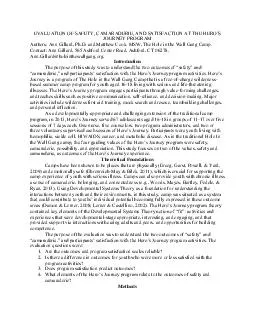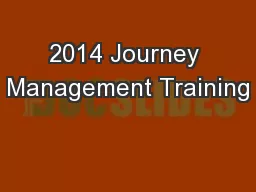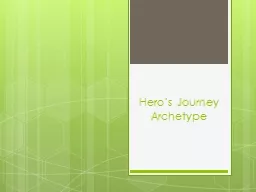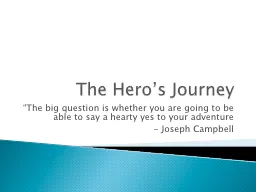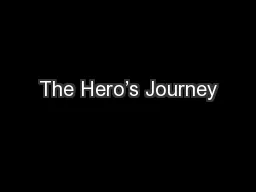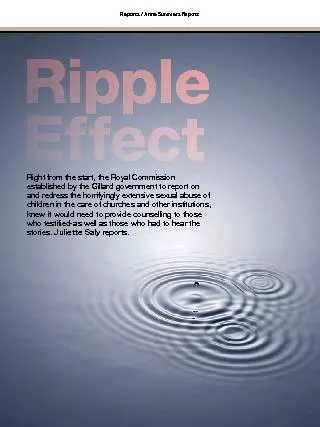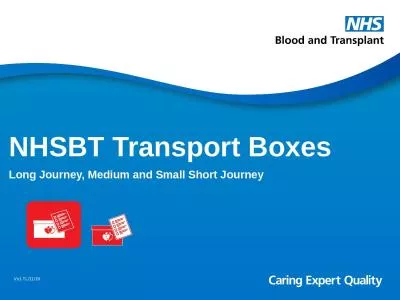PDF-JOURNEY PROGRAM Authors Ann Gillard Ph
Author : marina-yarberry | Published Date : 2015-03-20
D and Matthew Cook MSW The Hole in t he Wall Gang Camp Contact Ann Gillard 565 Ashford Center Road Ashford CT 06278 An nGillardholeinthewallgangorg Introduction
Presentation Embed Code
Download Presentation
Download Presentation The PPT/PDF document "JOURNEY PROGRAM Authors Ann Gillard Ph" is the property of its rightful owner. Permission is granted to download and print the materials on this website for personal, non-commercial use only, and to display it on your personal computer provided you do not modify the materials and that you retain all copyright notices contained in the materials. By downloading content from our website, you accept the terms of this agreement.
JOURNEY PROGRAM Authors Ann Gillard Ph: Transcript
Download Rules Of Document
"JOURNEY PROGRAM Authors Ann Gillard Ph"The content belongs to its owner. You may download and print it for personal use, without modification, and keep all copyright notices. By downloading, you agree to these terms.
Related Documents

